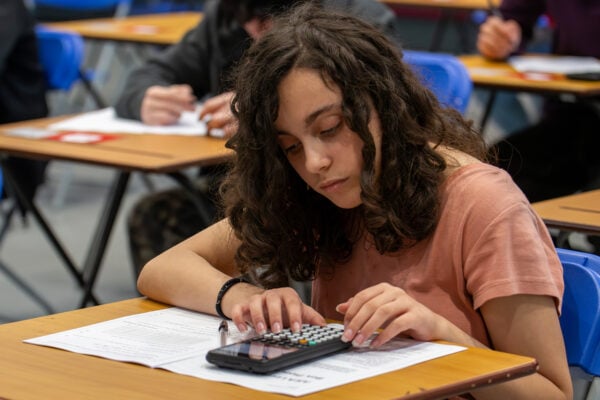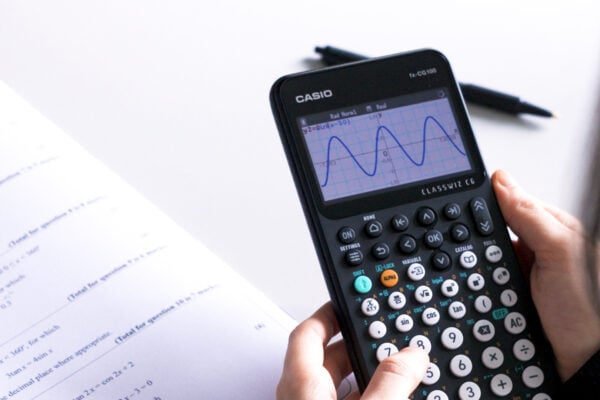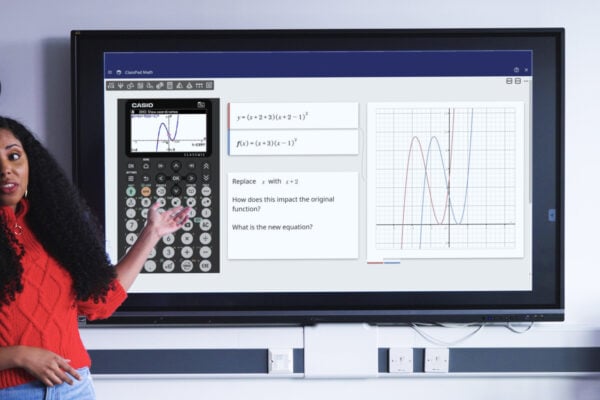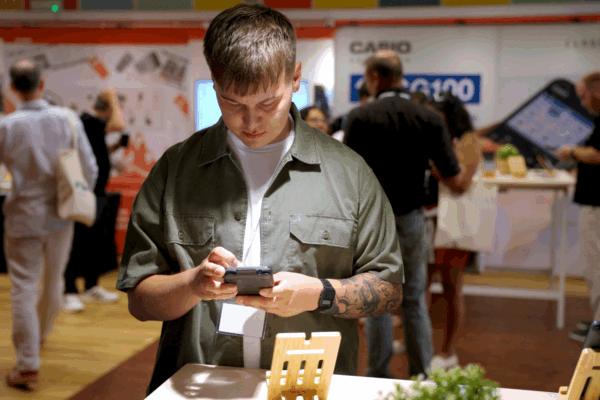Mathematics in Nature: The Flower Edition

Have you ever noticed that the number of petals on a flower is almost always one of the following numbers: 3, 5, 8, 13, 21, 34 or 55? The lily has three petals, and buttercups have five, the chicory has 21 and the daisy 34 or 55 petals – depending on its size. It’s probably something you’ve never thought about, but when you look around numbers present themselves in so many ways and flowers is just one of them.
The Fibonacci Sequence
There is one flower, in particular, that loved by not only mathematical biologists but many people all over the world, and that is the sunflower. These giant flowers are one of the most obvious but also most spectacular representations of mathematics in nature.
This hidden mathematical rule shapes the patterns of life, and it’s called the Fibonacci Sequence; this is a pattern of numbers in which each number equates to the sum of the previous two figures within the sequence. It can be found in many forms of nature, such as pine cones and pineapples. In the case of the sunflower, the important Fibonacci clue is the number of seed spirals on the face of the sunflower. If you count both the clockwise and anticlockwise that reach to the outer edge of the face you should if you count carefully find numbers from the sequence: 34 and 55, or 55 and 89, with very large sunflowers you may find 89 and 144.
Why does nature love maths?
It all comes down to efficiency. In the case of sunflowers, Fibonacci numbers allow for the maximum number of seeds on a flower head, so the flower uses its space to optimal effect. As the individual seeds grow, the centre of the seed head can add new seeds, pushing those at the perimeter to the outside so that growth can continue indefinitely.
Flora’s Clock
Another mathematical concept that’s reflected in nature is time – the time of day, time of the month, and time of the year. Time seems such a simple idea; it’s a system or way of measuring the passing of the day. But, before the invention of clocks, hourglasses, and iPhones, people needed some way to know the time so that life could function properly. How could anyone arrange any sort of occasion without some form of knowing what time to turn up? To tell time they relied on nature, it was the only way.
The most obvious way that nature indicates the passage of time is with the sun. The sun rises and sets in a predictable pattern and this can give us a rough idea of whether it’s morning, midday or evening. However, the sun is a less than perfect or precise way to read the time, so people explored for more reliable ways to do so. There were many ideas on how to do this. But one of the most interesting and arguably complex, relied on flowers and it’s called Flora’s Clock.
A Swedish man called Carolus Linnaeus invented Flora’s Clock. Doctor Linnaeus was a botanist – an expert in the study of plants.
This is how his theory went: Flowers were used to mark the passing of time, in hours, weeks or months, according to when they bloom. Some species of flowers open their petals at a particular hour each day, so this acts as one indicator. Linnaeus made a list of all of these flowers. With this list he could estimate the time of the day using flower language.
Linnaeus’ essential theory was to plant a whole garden of flowers that, based on the time of day the various species opened and closed their flowers, and this would indicate the time of day. Linnaeus coined this idea the flower clock, often called Flora’s Clock after the Roman goddess of flowers. Many plants flower on a circadian rhythm; the term refers to a biological process that happens roughly over 24 hours. Some flowers have a particularly strong circadian rhythm and open at the same time every day. So Linnaeus created a list of flowers that exhibited this quality and organised them to mark the passing of 24 hours, exactly as a clock does for us today.
The challenge of relying on flowers
Although mathematics in nature is beautiful, it cannot be relied upon. Let’s take the sunflower example, where, in practice, flowers don’t always show perfect Fibonacci numbers. Real life is mess and nature is often unpredictable, which means that not everything follows the exact pattern.
But, even if it’s not always 100% accurate, seeing these patterns and sequences in flowers, especially the sunflower, is still an exciting starting point.



